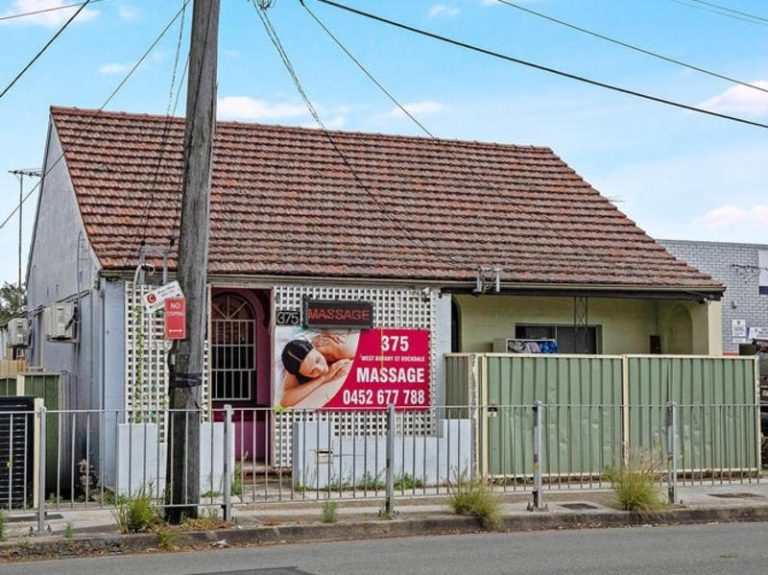From shine to shame: Whatever happened to Woolworths’ Masters?
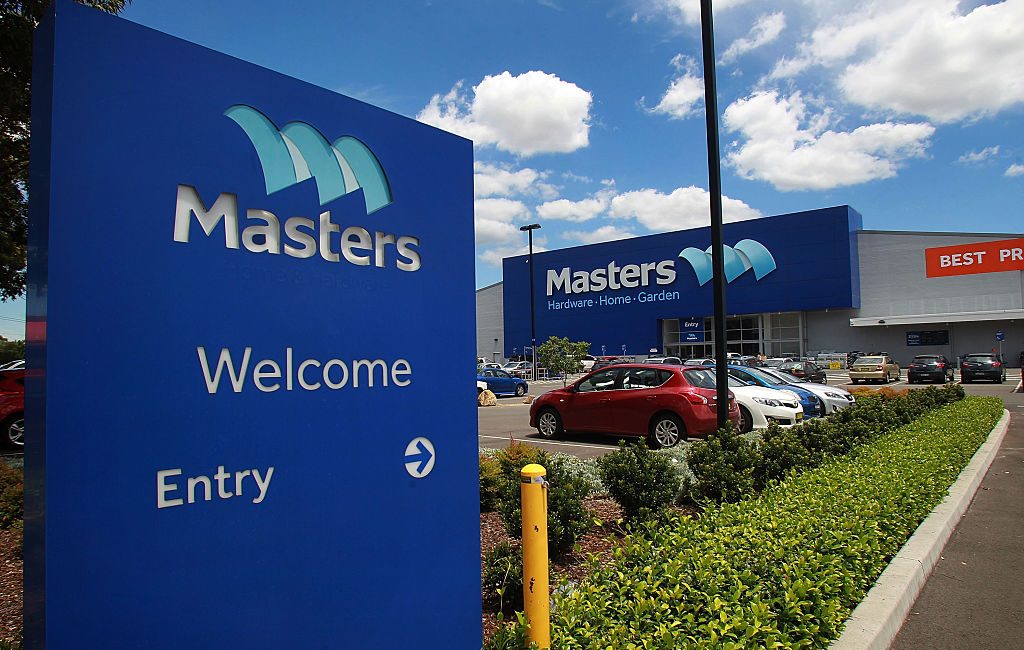
From the moment hardware chain Masters opened its doors, it drained cash. Retail analysts say it was destined to fail from the beginning.
It was designed to be the premium version of Bunnings, and so much more. But after just a few short years in business, the wide aisles and polished floors at Masters Home Improvement were empty, its bright lights switched off.
With an extensive product range from hardware to interior design and white goods, the Woolworths-owned chain in some ways did too much.
In other ways, it didn’t do enough.
So what went wrong? And is it ever possible to successfully compete as a market follower?
High hopes
Woolworths dubbed Masters ‘Project Oxygen’, a strategy that aimed to breathe new life into a market it described in a 2009 press release as “under-serviced”.
“The Australian love of property and high levels of home ownership mean that maintaining and improving homes is an important part of everyday life,” then-chief executive Michael Luscombe said in the release.
“We believe we can improve the pricing, product range and experience for customers. At the moment, the sector is dominated by one major big box player, so there is a real opportunity for increased competition.”
Its push into hardware involved a joint venture with US home improvement retailer Lowe’s, their joint acquisition of local independent hardware wholesaler Danks, and the launch of a new network of Masters stores, with the first opening in Braybrook, Victoria, in August 2011.
That year 19 stores were under construction, according to Woolworths’ annual report for 2011, with Mr Luscombe predicting “Masters will roll out between 15 and 20 stores a year”.
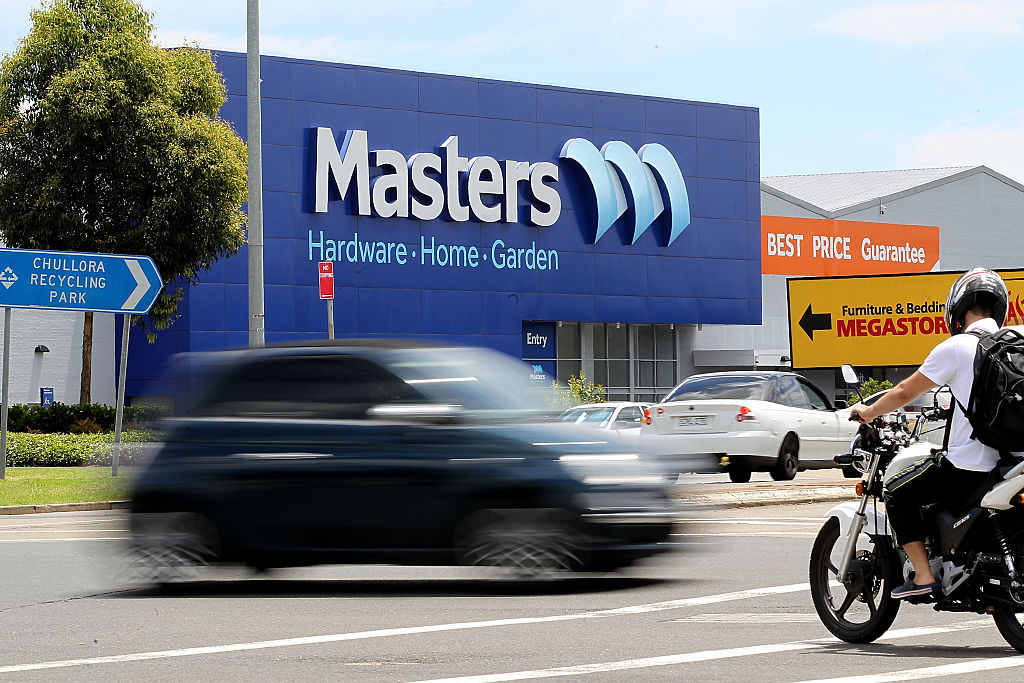
Woolworths entered the hardware market with its Masters brand, but within a few years all 63 stores had closed. Picture: Getty
At its peak, Masters had 63 stores throughout Australia.
But as early as 2012, there were reports Woolworths was losing money on the hardware chain.
In 2016 Masters closed, having reportedly spent more than $3 billion to achieve a meagre 9% market share, according to IBISWorld data.
Project Oxygen had simply run out of breath.
What went wrong?
Gary Mortimer, expert in food retailing, retail marketing and consumer behaviour at Queensland University of Technology, believes the writing was on the wall for Masters from the outset.
“In hindsight, Woolworths probably looks back and realises it should have taken greater consideration before attempting to enter the Australian hardware market.
“It was essentially losing money every year.”
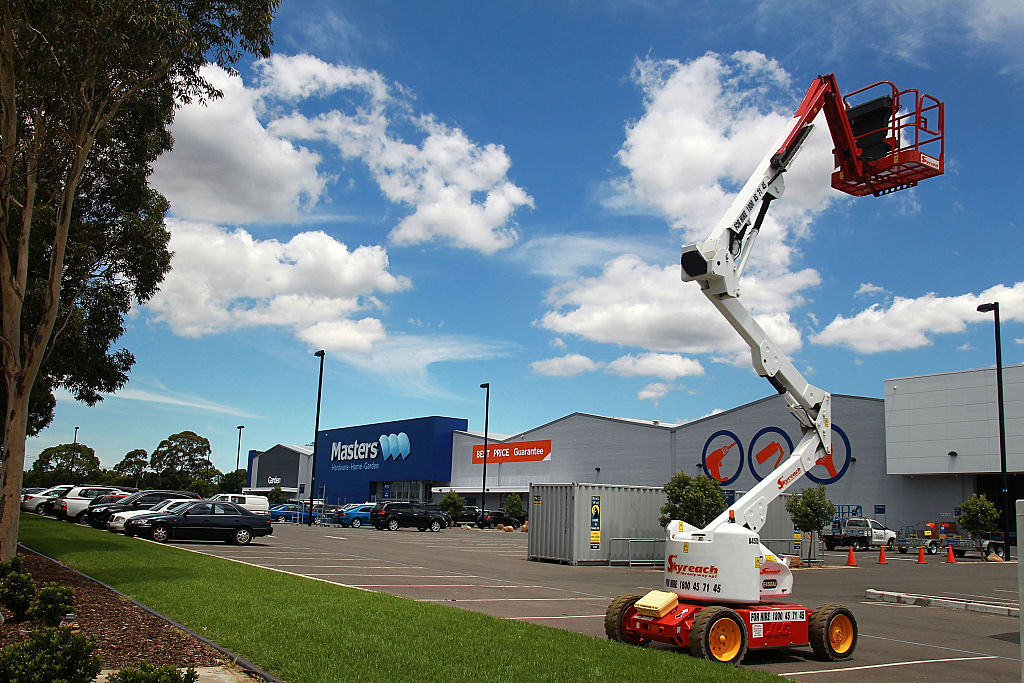
Retail experts say high startup costs and a failure to effectively differentiate from rival Bunnings were key reasons behind Masters’ demise.
Senior analyst Danny Martin at industry research provider IBISWorld agrees Masters struggled from the get-go.
“The high startup and wage costs associated with the new store openings caused massive losses right off the bat,” he said.
“And Australia’s smaller population and pretty vast landscape means these brick-and-mortar retailers need higher returns on investor capital compared with the American market, for example.”
Plus, due to its rapid expansion, Masters often had to settle for lower-value real estate locations, Mr Martin added.
“Bunnings had already secured a lot of city centre and prime locations. So Masters were already on the back foot.”
An identity crisis
Creating a clear value proposition to compete with Bunnings was always Masters’ biggest challenge, Mr Mortimer said.
“Indicating its point of difference to the market was vital. And I don’t think it really did that. It said, ‘Hey, we’re also a big box hardware chain’. And I think most consumers said, ‘What’s my reason to choose you over Bunnings?’ And I don’t think that reason was clearly articulated.”
Unable to compete with Bunnings on price, Masters tried to do so on value, quality and range by presenting a more premium version of big box hardware, Mr Mortier added.
But rather than impressing the market, it simply left shoppers confused.
“To Aussie shoppers, hardware is concrete floors, big ceiling fans and a bit grimy. But Masters was like a big and shiny department store with air-conditioning and clean floors, and I think Australian consumers struggled with the concept.”
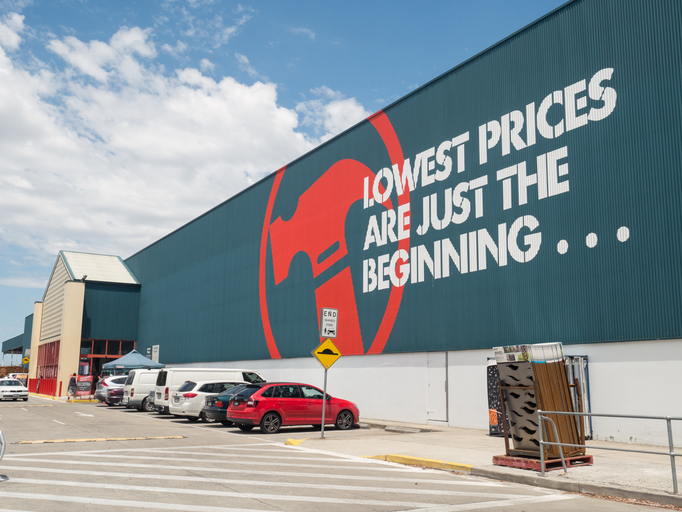
Masters was always going to struggle going up against rival Bunnings, especially when it came to real estate, experts say. Picture: Getty
Instead of trying to attract tradies, a key market in hardware, they showcased a broad product range that also included white goods, consumer electronics, home furnishings like throws and rugs, and even hunting rifles in some stores.
“They did attempt to do product differentiation, but in all the wrong places,” Mr Martin said.
“These inventory pipelines, and potentially the partnership and decision-making with the American Lowe’s chain, overlooked some Australian-specific industry trends.
“They probably didn’t do enough high-quality market research.”
“It was a bit of a mishmash,” agreed Mr Mortimer. “That confused shoppers and also put Masters in direct competition not only with Bunnings, but also with the likes of Harvey Norman, Kmart, Target and even Bed Bath N’ Table.
“They really were fighting battles on many fronts.”
How to follow the leader
Breaking into an industry with one established key player is a challenge but absolutely possible if there’s a sizeable market, and if the new player has a strong brand and an effective marketing strategy that can clearly articulate its point of difference, the experts said.
“Backing from major investors or major companies that are looking to branch out and divest their business arms also helps,” Mr Martin added.
Bunnings itself managed to successfully compete against once-leader Mitre 10 when Wesfarmers in 2001 purchased the Howard Smith Group, including BBC Hardware (previously Nock & Kirby) and big-box offshoot Hardwarehouse. The move boosted the Bunnings network across Australia and New Zealand by several dozen stores.
Yet ironically, its 2016 entry into the UK to compete against market leader B&Q through the acquisition of Homebase “failed dismally”, Mr Mortmer said.
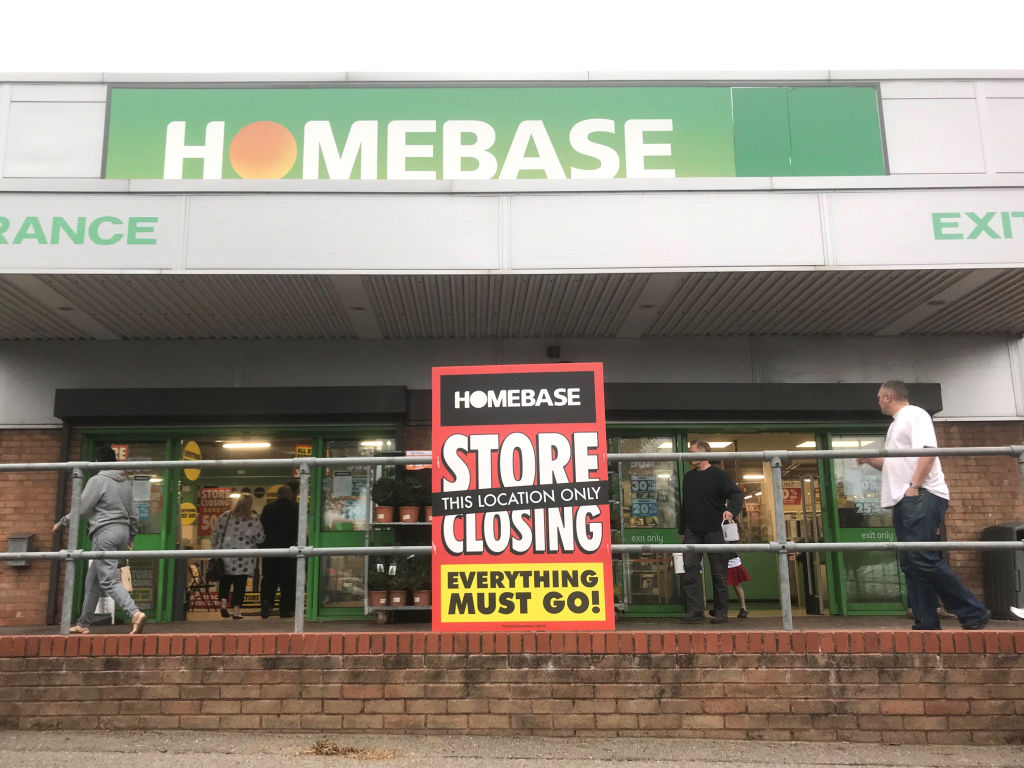
Bunnings’ unsuccessful foray into the UK market through the acquisition of number two player Homebase echoed Masters’ failure in Australia. Picture: Getty
In 2018, after spiralling losses, Wesfarmers sold its UK and Ireland operation for a nominal sum and the Bunnings stores reverted back to their Homebase name.
Bunnings’ failure was “undoubtedly the most disastrous retail acquisition in the UK ever” , GlobalData’s retail analyst Patrick O’Brien told The Guardian at the time.
Back in Australia, one successful follower to enter the retail space in recent years proves the challenge can pay dividends if you nail the strategy.
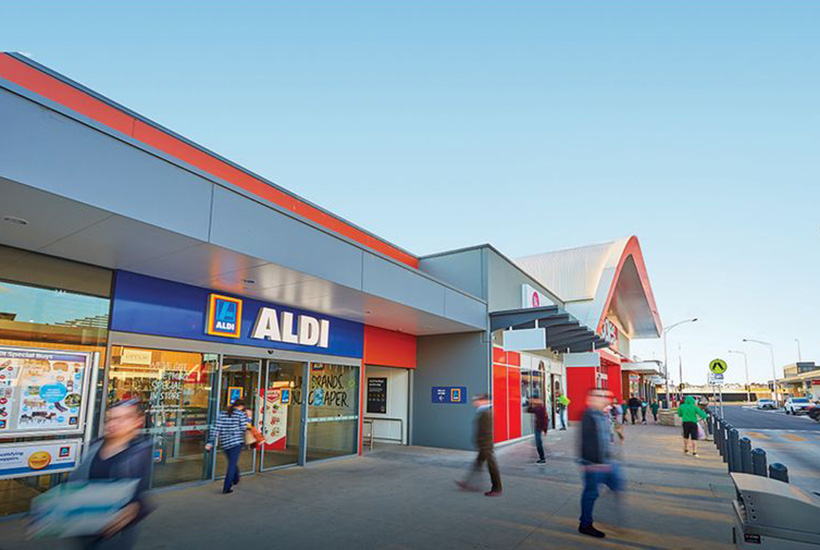
Aldi has managed to grow market share over the past two decades by differentiating itself from rivals Woolworths, Coles and IGA.
“As Aldi entered a highly competitive duopoly, it has grown from strength to strength over the last 20 years because it’s unapologetically different,” Mr Mortimer explained.
“It never had single-use plastic bags. You had to use a gold coin to use a trolley. The vast majority of its range is private label. It doesn’t do online shopping.
“It’s very different, and it has succeeded because of that.”
Woolworths was contacted for comment.



